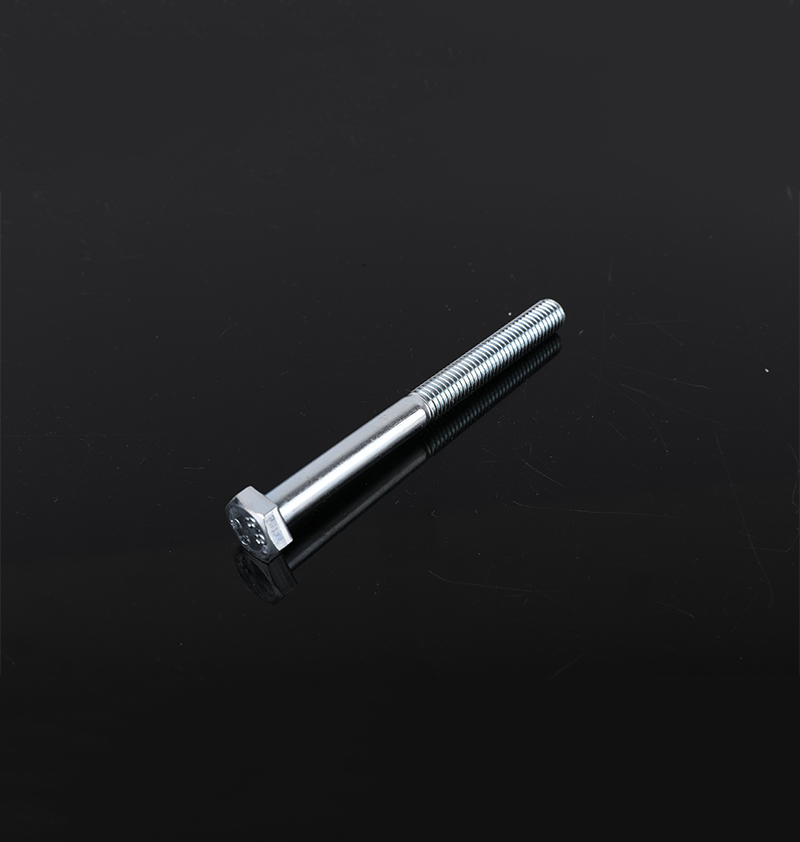

 Haiyan county, hangzhou city, zhejiang province China Square Head Wood Screw Manufacturers Square Head Wood Screw With Turning Suppliers
Haiyan county, hangzhou city, zhejiang province China Square Head Wood Screw Manufacturers Square Head Wood Screw With Turning Suppliers
First check if the nut is leaking. You can use a diamon […]
First check if the nut is leaking. You can use a diamond wrench to pull out the two surfaces of the nut and unscrew it with an adjustable wrench. Then find a hex head larger than one to two and nail it with a hammer! Then screw it down! Open the end of the hexagonal screw, try with a screwdriver, use the square white steel, and grind the white steel to a hex wrench Larger, tap in with a hammer, and then tap and pull with an adjustable wrench. This method works very well. I have always done this. I have prepared two, one for 6MM and one for 8MM screws. It is very convenient and can be used repeatedly.
Hexagon screws have rounded heads and recessed hexagons in the middle. Hexagon screws are the common type of screw heads with hexagonal sides. The hexagonal screwdriver looks like "7", cut with hexagonal steel bars at both ends and then bent to 90 degrees to become a hexagonal screw wrench.
Customers are required to use the corresponding tools reasonably when using them, and mistakenly use unreasonable tools to hit the hexagon socket bolts for convenience. Communicate with customers and do not need to use too much force when hitting hexagon socket head bolts. Grasp the balance of strength. Under normal circumstances, M2.5 hexagon socket bolts should be able to withstand a torsional breaking force of more than 2N.m.
